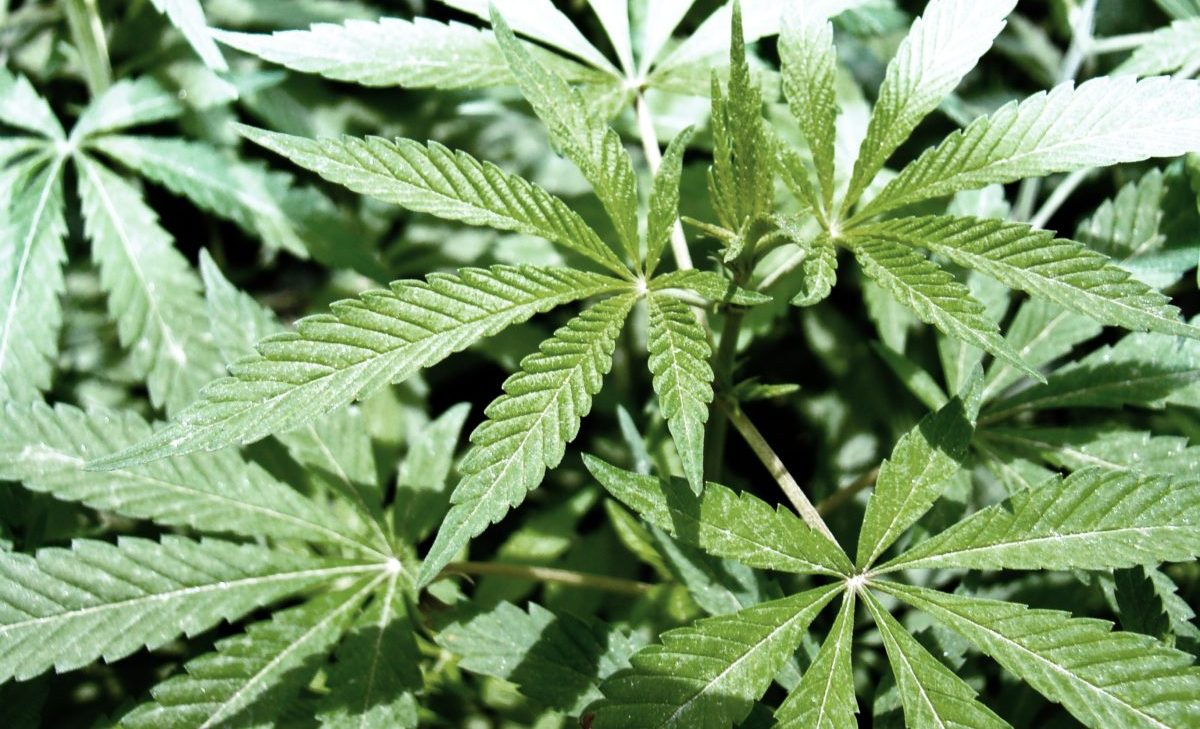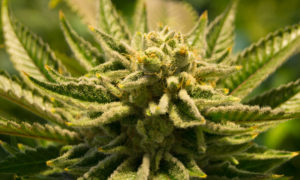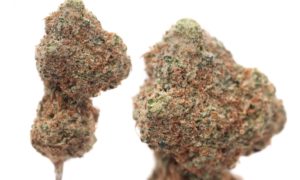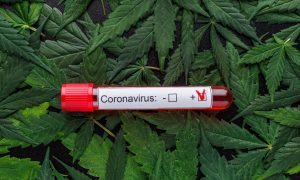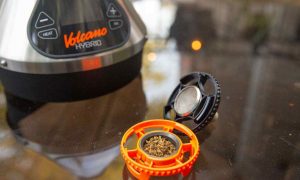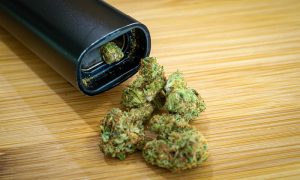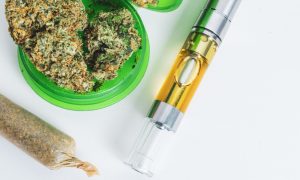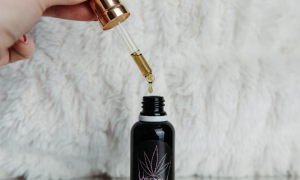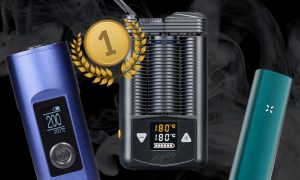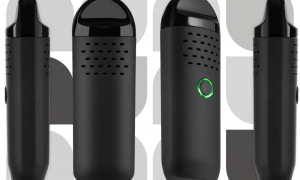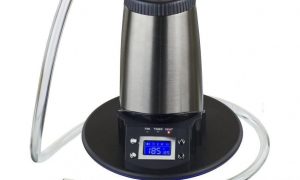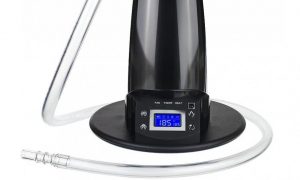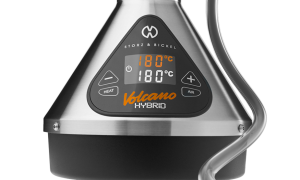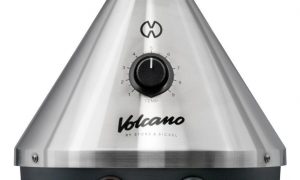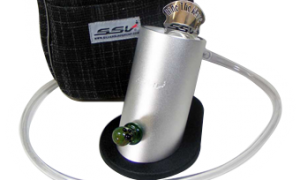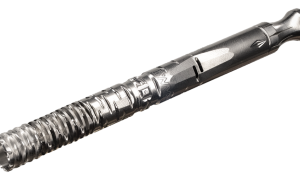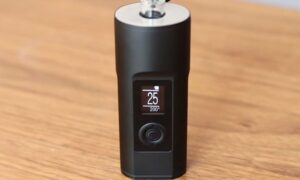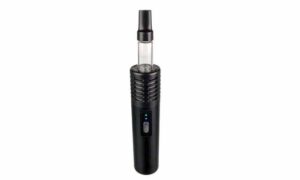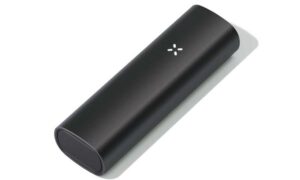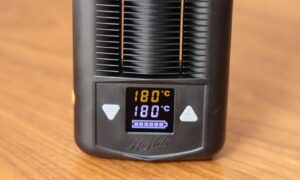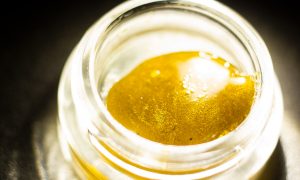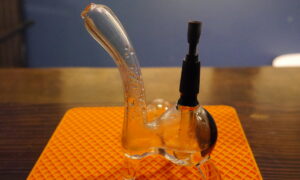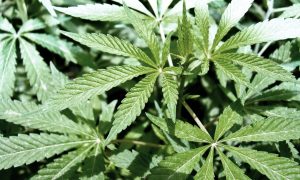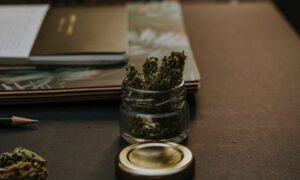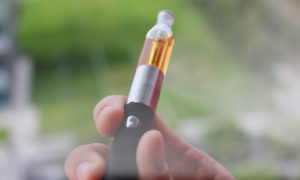Growing your own marijuana plant is not the easiest task. If you are only looking for seeds to start growing, you may consider studying this ILGM seed bank review. And if you have already started the process, you should know how to spot any cannabis plant problems timely.
While the plant is very forgiving, and you can make many mistakes, sometimes it will try to show you that something is wrong. The first thing you can easily spot are changes in the look of leaves – they are essential indicators of the plant’s health. If you are doing things wrong or your plant is sick, you can almost always identify why just by looking at them.
In this article, you will learn how to diagnose your cannabis plant only by looking at its leaves. Read on and find out what it means if leaves are getting darker, why your plant has yellow spots, or what to do when new leaves are twisted or abnormal. Have fun!
Darker Color Leaves
If you notice that your plant’s leaves are becoming darker, it might be caused by one of the following reasons:
Lack of Water
One of the most common reasons for the darkening of cannabis leaves is a lack of water. If a plant is not getting enough water, it will start showing signs of stress. One of the first things that happen is that the plant’s leaves become darker. This is because chlorophyll starts to break down, and the leaf begins to degrade.
Old Age
As time passes, all leaves start to get darker. They gradually lose their chlorophyll and turn yellow, purple, or red. Generally, this does not happen until the third or fourth week of vegetative growth. In some cases, the plant’s leaves turn purple due to high temperatures or lack of light during flowering.
Plant Is Too Cold
If your cannabis plant is exposed to very cold temperatures for an extended period of time, its leaves will start to darken. They will also get stiff and become covered in small white spots.
Nitrogen Toxicity
Excess nitrogen can lead to the darkening of leaves due to excessive chlorophyll production in young plants. This problem only occurs if you use too much nitrogen during the flowering stage.
Lack of Potassium
The other side of the coin is too little potassium. If you do not provide enough potassium for your cannabis plant during flowering, its leaves may start turning purple or brown due to a deficiency in this nutrient.
Light Burn
The excessive use of high-intensity discharge (HID), metal halide (MH), or sodium lamps can sometimes cause light burn on the leaves. The problem is associated with high levels of blue light and may appear on any part of the plant that was exposed to such lights for prolonged periods of time (10 hours or more).
Lack of Zinc
Zinc deficiency can lead to the darkening and curling of leaves, particularly those at the lower parts of the plant. It is also one of the most common deficiencies in growing marijuana plants indoors.
Yellowing Leaves
Yellowing starts at the lower parts of the plant and spreads upwards. The reason for this is simple – the highest branches get less light than lower ones do, so they are affected first. The yellowing usually starts from leaf tips and progresses towards leaf veins. These are the most common reasons:
Lack of Nitrogen
Unlike other nutrients, nitrogen needs to be available constantly since it helps plants grow new tissues and develop flowers and buds. If you are using poor-quality soil or are not adding enough nutrients to your water, yellowing may indicate that your plant needs more nitrogen during flowering.
Too Much Fertilizer
If you use a liquid fertilizer with too high concentration (more than 20%), it may contain salts that make cannabis plants absorb too much calcium from the soil, making the plants unable to absorb nutrients properly. This ultimately leads to yellowing and the death of older leaves first. You should flush your plants’ roots with lots of fresh water after each feeding session until problems stop occurring and make sure that your next batches contain lower concentrations.
Yellowing Leaves with White Spots
Many different factors can cause yellowing leaves with white spots. Most of these problems are associated with nutrient deficiencies, but some other things may cause these symptoms too:
Nutrient Deficiencies
Nutrient deficiencies are usually the most common cause of yellowing leaves with white spots on cannabis plants. The most common nutrient deficiencies that lead to yellow spots are magnesium, manganese, potassium, iron, and zinc.
If you notice any yellow spots, you should immediately flush your plants with lots of fresh water until yellowing stops. Then adjust your nutrient solution accordingly or start foliar feeding your cannabis plant to help it absorb nutrients faster.
Powdery Mildew
It is one of the most common diseases associated with cannabis plants. It appears as white or gray powdery patches on leaves and buds. Generally, this fungus attacks only weakened plants and is easy to spot.
However, if you do not take action right away, it may quickly spread across your plant and turn it into a big mess. The best way to prevent powdery mildew is to allow plenty of fresh air inside your grow room and avoid overwatering plants. You can also use neem oil or baking soda to get rid of powdery mildew.
Spider Mites
These tiny creatures appear as small red or brown dots on leaves. They suck sap from leaves and buds, which causes them to turn yellow and drop off the plant. Usually, spider mites appear during hot days and dry weather conditions. Therefore, they are especially dangerous for outdoor growers.
You can remove mites manually by wiping them off of plants’ leaves with a soft cloth. There are also chemicals available that will kill mites without harming your plants. Make sure to read the instructions carefully before using them.
Dryness
Dryness is the final factor that can cause yellowing leaves with white spots on cannabis plants. That’s why this symptom is usually seen when plants are exposed to very low humidity, high temperatures, and very bright light for prolonged periods of time.
You should try to add more humidity into the grow room by using humidifiers or spraying plants with water regularly until humidity levels increase to normal values. You should also reduce the amount of light that reaches the grow area during the daytime – only use lamps at night when temperature drops and humidity rises.
Twisted Leaves
If you notice that your plant’s leaves are twisting or curling downward, it might be caused by one of these reasons:
High Temperatures
When temperatures become very high for prolonged periods of time, marijuana leaves have nothing else to do than to protect themselves from direct sunlight by curling up. The same thing happens if you expose your plant to very bright lights for too long (10+ hours per day). In order to fix this problem, lower temperatures inside your grow room or reduce lighting time.
Nutrient Deficiencies
If you are not providing enough nutrients for your cannabis plant, its leaves will start turning down and getting twisted due to a lack of nutrients necessary for good growth and development. Try adding extra nitrogen during flowering or start foliar feeding your plants.
Pests
Aphids and other tiny bugs can sometimes crawl onto the underside of leaves which causes them to twist around and fall off the plant due to excess weight. If you see small brown insects on your plant’s leaves, there is nothing left but to get rid of them immediately.
Remove aphids with water spray and repeat the process after a few days until they disappear entirely. There are also chemical products available that will kill aphids without harming your plants. As with all chemicals, make sure to follow instructions carefully before using them.
Bumpy Leaves
Bumps on cannabis leaves can be caused by two main factors – environmental stress (too much light, heat, dryness) or spider mites. If you suspect that spider mites infected your plant, you should closely examine its leaves for webs underneath them. You should also look for small red dots on top of the leaf – these are spider mites.
If spider mites are indeed causing bumps on leaves, you will also notice white spots on affected areas. However, sometimes bumps can appear without any marks or webs underneath. They usually appear between leaf veins and tend to spread towards leaf tips as time passes. If this happens, it means that something is wrong with your plant. It is either exposed to too much light, heat or dryness.
If your plant is under environmental stress, you need to solve the problem that has caused it. For example, if it was exposed to too much light, you may need to reduce the amount of light it is getting. If it was too hot or dry inside the grow room, you should open a window or run a fan to increase ventilation. Keep in mind that plants cannot handle dry conditions for too long, so you should act quickly.
The Bottom Line
You can say a lot about your cannabis plant’s health and condition by just looking at its leaves. They are visual indicators of any nutrient deficiencies, diseases, pests, and improper environmental conditions.
If you have spotted any changes in the way your plant’s leaves look – do not neglect it. Make sure to identify what causes it by considering its color and structure and implement changes accordingly to your plant’s needs.

